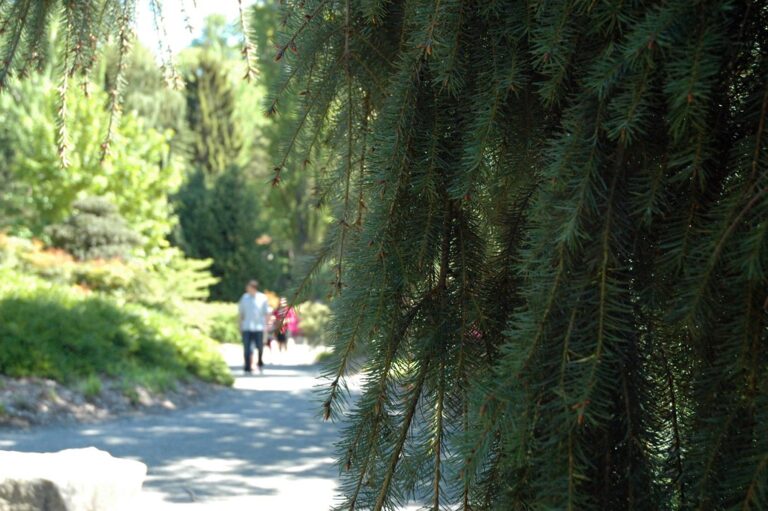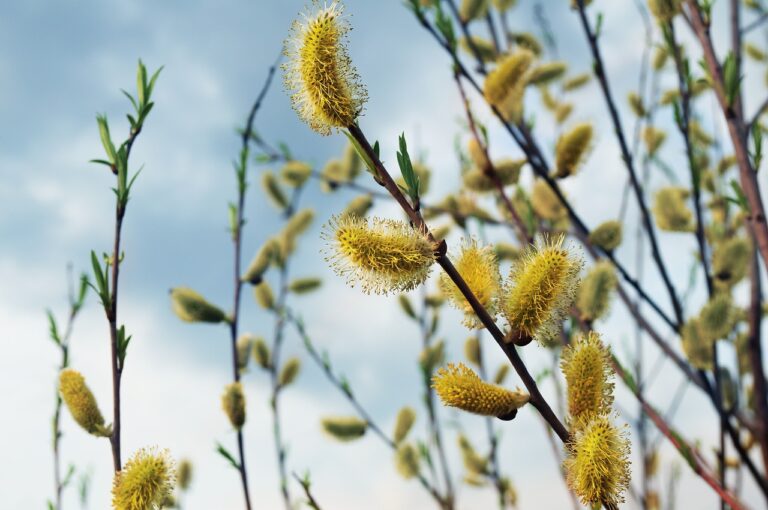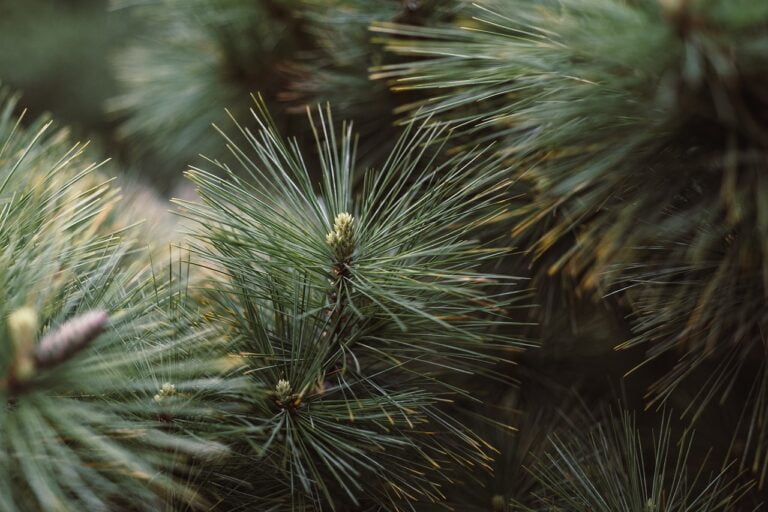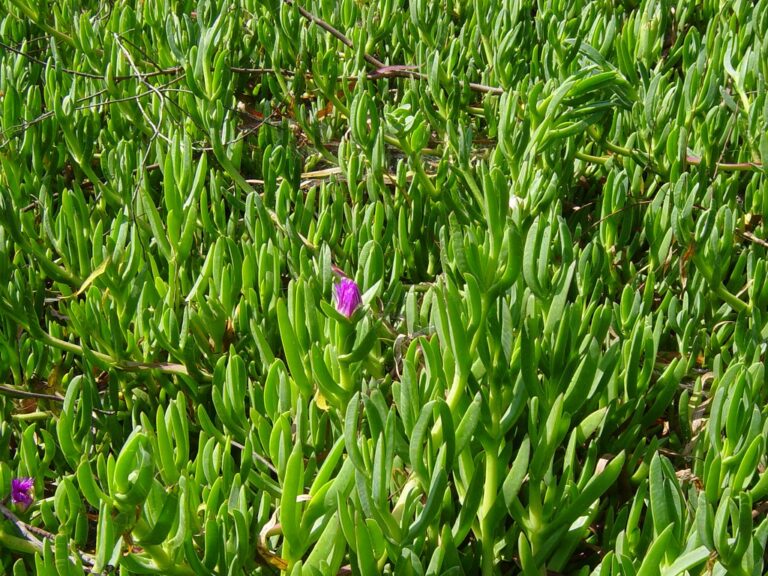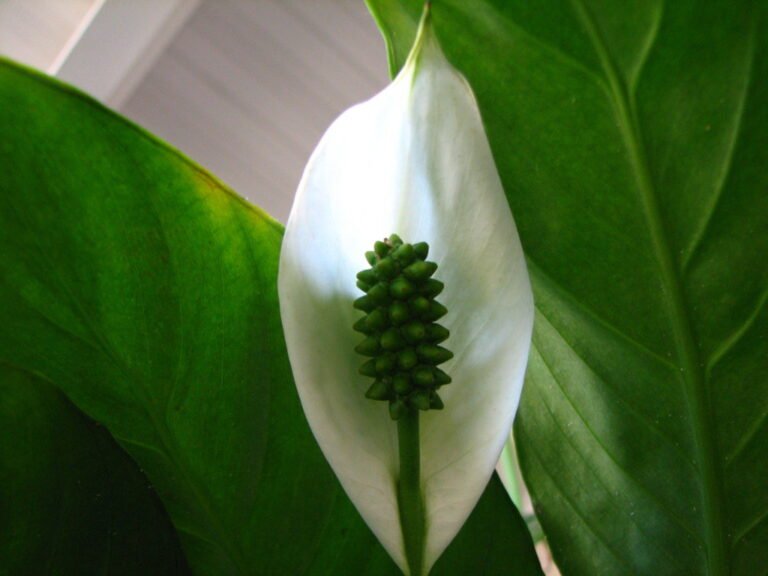Exploring Evergreen and Flowering Shrubs: Enhancing Your Garden Year-Round
I’ll demonstrate the beauty of evergreen shrubs like Mahonia and Hemlock with vibrant winter blooms and dense foliage. Mirror Bush thrives in USDA zones 9 to 11, while Boxwood and Japanese Holly offer low maintenance elegance. Don’t forget about the fragrant Rhododendron Blue Tit and Debutante Pieris japonica for spring blooms. For colorful fall foliage, consider Burning Bush and Oakleaf Hydrangea. If you’re into water-wise gardening, opt for drought-tolerant shrubs like Lavender and Russian Sage. Let’s elevate your garden year-round with these stunning shrubs!
Evergreen Shrubs for Winter Interest
When looking to add winter appeal to your garden, evergreen shrubs play a crucial role in maintaining color and structure during the colder months. Among these, Mahonia stands out with its winter blooms, vibrant flowers, and eye-catching berries, adding liveliness to the garden landscape. Its resilience in colder temperatures makes it a perfect choice for winter gardens.
Hemlock, recognized for its dense branching and finely textured foliage, brings an elegant touch to winter landscapes. Its graceful appearance and ability to prosper in various conditions make it a versatile addition for creating visual interest during the winter months.
Another remarkable evergreen shrub for winter gardens is the Mirror Bush. Flourishing in USDA zones 9 to 11, this shrub adds year-round brightness to the garden, making it an ideal choice for those seeking to enrich their outdoor space during the winter season. Its glossy leaves reflect light, producing a visually appealing effect even in the coldest months.
Incorporating these evergreen shrubs in your garden design not only guarantees color and structure during winter but also offers a lasting impact throughout the year with their unique characteristics and ability to thrive in diverse environments.
Flowering Shrubs for Spring Blooms
Spring brings a burst of color and vitality to gardens with an array of blooming shrubs that thrive in this rejuvenating season.
- Rhododendron Blue Tit: This compact shrub is a standout choice for spring blooms, boasting stunning lavender-blue flowers that add a touch of elegance to any garden landscape. Its manageable size makes it perfect for borders or containers, and its vibrant colors are sure to attract attention.
- Debutante Pieris japonica: With its profusion of white bell-shaped flowers in spring, the Debutante Pieris japonica is a popular pick for those looking to enrich their garden’s beauty year-round. This shrub’s graceful appearance and easy maintenance make it a favorite among gardeners seeking a touch of sophistication in their outdoor space.
- Japanese Mock Orange: The Japanese Mock Orange, also known as Pittosporum tobira, offers clusters of fragrant white flowers in late spring, filling the air with a delightful scent. Its compact size makes it ideal for containers and small gardens, providing a touch of charm and fragrance to any outdoor setting.
These flowering shrubs not only bring color and vitality to your garden but also offer a range of sizes and scents to suit different preferences. Incorporating these spring bloomers into your garden design can create a captivating display that will be a joy to behold as the season unfolds.
Fragrant Shrubs for Summer Scents
I can’t wait to introduce you to some delightful fragrant shrubs perfect for filling your garden with summer scents. These choices promise aromatic blooms that will uplift your outdoor space and create a welcoming atmosphere for you and your guests. Let’s discover the wonderful world of summer fragrance together.
Summer Fragrance Choices
Throughout the summer months, your garden can be filled with delightful scents by incorporating fragrant shrubs like Camellia Scentuous, Debutante Pieris japonica, Japanese Mock Orange, Indian Hawthorn, and Japanese Skimmia.
- Camellia Scentuous: This shrub is known for its semi-double white flowers and abundant blooms from mid to late season, spreading a sweet fragrance in your garden.
- Debutante Pieris japonica: With its compact size and profuse white bell-shaped spring flowers, this shrub adds both fragrance and beauty to your outdoor space.
- Japanese Mock Orange: Offering attractive fragrant white flowers in late spring, this shrub is perfect for smaller gardens, infusing a delightful scent into the summer air.
These fragrant shrubs not only enrich the visual appeal but also fill your garden with lovely scents during the summer season.
Aromatic Blooms Selection
When selecting aromatic shrubs for summer scents, consider the alluring fragrances offered by Gardenia and Camellia Scentuous. These scented shrubs with white flowers can enrich your summer garden with their pleasant aroma. Debutante Pieris japonica, with its abundant white bell-shaped blooms, adds a delightful scent to the garden. Japanese Mock Orange (Pittosporum tobira) releases a sweet fragrance from its white flowers during late spring and summer, creating a charming atmosphere. Indian Hawthorn (Rhaphiolepis umbellata) fills the garden with a pleasing aroma from its white spring flowers, perfect for enjoying outdoor moments. Japanese Skimmia (Skimmia japonica) is another superb choice, providing a fragrant touch with its white blooms, enriching your summer garden with a delightful scent.
Colorful Shrubs for Fall Foliage
Amidst the autumn landscape, vibrant hues of reds, oranges, and yellows adorn many deciduous trees and shrubs, transforming gardens with a tapestry of color. When looking to add a splash of color to your fall garden, there are several shrubs renowned for their stunning fall foliage:
- Burning Bush (Euonymus alatus): This shrub is a showstopper in the fall with its brilliant scarlet leaves. The intense red coloration is certain to catch the eye and bring a bold pop of color to any garden.
- Oakleaf Hydrangea (Hydrangea quercifolia): With its striking burgundy and bronze fall foliage, the Oakleaf Hydrangea offers a dramatic contrast to its large, cone-shaped white flowers. This shrub not only provides beautiful autumn color but also intriguing texture.
- Witch Hazel (Hamamelis): Recognized for its yellow, orange, and red leaves in the fall, Witch Hazel adds a touch of warmth to the garden as the temperatures start to cool. The colorful foliage of Witch Hazel beautifully complements its distinctive yellow flowers that bloom in late winter to early spring.
These colorful shrubs not only enrich the visual appeal of your garden but also offer a delightful shift into the cooler months with their vibrant fall hues.
Low-Maintenance Shrubs for Busy Gardeners
For those with limited time for gardening, incorporating low-maintenance shrubs like Boxwood and Japanese Holly can provide year-round interest without demanding extensive care. Japanese Holly, also known as Ilex crenata, is a versatile evergreen shrub that adds a touch of elegance to any garden. Its dense foliage and compact growth habit make it ideal for foundation plantings or as a border along walkways. Japanese Holly requires minimal pruning and is relatively pest and disease resistant, making it a hassle-free option for busy gardeners.
Another excellent low-maintenance evergreen shrub is the Mugo Pine. This slow-growing shrub offers a charming feature with its compact size and dark green needles. Perfect for those looking to add a touch of sophistication to their garden without the need for frequent maintenance, the Mugo Pine is an ideal choice for individuals with limited time for gardening.
When designing a low-maintenance landscape, consider incorporating evergreen shrubs like Japanese Holly and Mugo Pine for year-round appeal. These plants not only require minimal care but also provide structure and interest to your garden without the need for constant attention. Whether used for foundation plantings or as standalone features, these low-maintenance shrubs are a practical and beautiful addition to any busy gardener’s outdoor space.
Drought-Tolerant Shrubs for Water-Wise Landscapes
When picking water-efficient shrubs for a xeriscape garden, it’s vital to think about drought-resistant options. These plants have adapted to flourish in low-water environments, making them ideal for water-conscious landscapes. Including xeriscape planting choices like Lavender, Rosemary, Russian Sage, and Butterfly Bush can aid in conserving water and establishing a sustainable garden.
Water-Efficient Shrubs Selection
Exploring a range of water-efficient shrubs for your garden can greatly improve its sustainability and beauty while decreasing water consumption.
- Opt for native drought-tolerant shrubs: Native plants are well-suited to the local climate, requiring minimal water once established.
- Consider xeriscaping with succulents: Succulents store water in their leaves, reducing the need for frequent watering.
- Look for shrubs with silvery or fuzzy leaves: Plants with these characteristics often have adaptations to conserve water, making them excellent choices for water-wise landscapes.
Xeriscape Planting Options
Considering the importance of water conservation in gardening, selecting drought-tolerant shrubs for xeriscape planting is a strategic way to improve your landscape’s sustainability and visual appeal. Xeriscape planting focuses on choosing plants like Lavender, Russian Sage, and Butterfly Bush that require minimal water once established. These drought-tolerant shrubs have adapted to survive in low-water conditions, making them excellent choices for water-wise landscapes. By incorporating xeriscape planting options with low water requirements, you can reduce the need for frequent irrigation. Not only does using drought-tolerant shrubs conserve water, but it also adds beauty and interest to your landscape year-round. Choose these plants to create a stunning garden that thrives while respecting the environment.
Native Shrubs for Local Biodiversity
Supporting local biodiversity in your garden can be effectively achieved by incorporating indigenous shrubs that provide essential food and habitat for native wildlife species.
- Improving Local Biodiversity: Indigenous shrubs play a vital role in supporting the local ecosystem by providing food and shelter for a variety of native wildlife species. These shrubs attract birds, butterflies, and beneficial insects, creating a thriving environment in your garden.
- Maintaining a Balanced Ecosystem: Planting indigenous shrubs helps maintain a balanced ecosystem by promoting the health of local pollinators. By providing a natural habitat and food source for bees, butterflies, and other pollinators, indigenous shrubs contribute to a healthier and more sustainable environment.
- Preserving the Region’s Natural Heritage: By choosing indigenous shrubs for your garden, you actively participate in the preservation of the region’s natural heritage. Indigenous shrubs are adapted to the local climate, requiring less water and maintenance once established. Additionally, planting indigenous shrubs helps protect against invasive species, ensuring the preservation of the local ecosystem for future generations.
Incorporating indigenous shrubs in your garden not only improves its beauty but also plays a significant role in supporting local biodiversity, maintaining a balanced ecosystem, and preserving the region’s natural heritage.

